*This post MAY contain affiliate links. That means that if you make a purchase after clicking on a link I may earn a small commission at no extra cost to you. I don’t ever recommend something that I don’t use myself. Not all links are affiliate links. For more information, see our Privacy Policy.
How to Applique Using Fusible Web
Applique is the technique of applying motifs (simple cutouts) to the fabric. Traditional applique sews down the edges of the motifs using needle and thread. Fusible applique attaches an applique motif using a type of glue which can be a fusible web or a Fusible thread If you have never done it before, don’t stress! It’s easy, fun, and a bit addictive. Read through our directions below and try it yourself. Be sure to see some of the really great examples at the bottom of the page, too.
Fusible web (such as Steam-a-Seam) is a tissue-like product of heat-sensitive glue backed with paper. The sticky side of the product is ironed to the wrong side of a piece of fabric, which transfers the glue to the receiving fabric. Peel off the paper and you have a piece of fabric that can be cut to any shape and adhered to another piece of fabric using the heat of an iron.
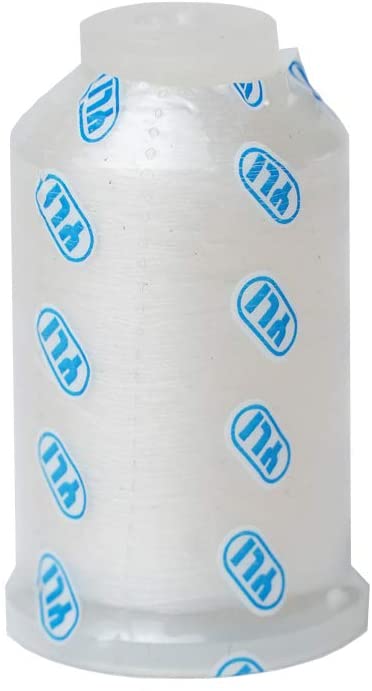
To make the appliqué permanent on fabric so washings don’t cause it to peel off, the edges must be sewn down. The is usually done with a zigzag or other decorative stitches. YLI invisible thread allows you to secure the edges without blurring the edge of the motif. Practice on a scrap first. You may need to adjust your tension or add light interfacing as a stabilizer. Other methods of fixing the edges of the applique can be used for effect. Consider other embroidery stitches, metallic threads, bias tape, or even paint.
The fusible web of Heat n Bond Lite has the pressure-sensitive adhesive on one side which allows for a temporary hold to the appliqué material. It shifts easily on the second material allowing you to quickly reposition your appliqué pieces until pressed with an iron for a permanent bond.
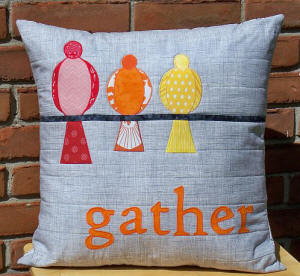
Debbie Grifka of Esch House Quilts pieced the birds but used fusible applique for the letters in the pillow to the right.
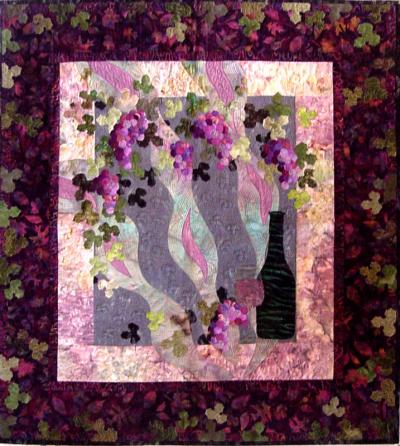
Other fusible webs are Heat ‘n Bond and Misty Fuse. Read and follow the directions of the fusible product you are using, including temperature guidelines. Misty Fuse should be used with fabrics that will melt under high heat. Misty Fuse is a lightweight fusible web that does not add stiffness or bulk to the layers of fabric joined making it ideal for sheer fabrics such as tulle or organza. You should use an Applique Pressing Sheet over the top of the applique motif when using Misty Fuse. Ruth Blanchet used organza in her Red Red Wine quilt pattern, left.
Making the Applique Motifs
An Applique Pressing Sheet is a semi-transparent Teflon sheet that helps you assemble designs that have several layered pieces. Your iron won’t melt it – and if you use it over your appliqué to fuse the pieces to the background, no sticky residue will accumulate on the bottom of your iron.
If you have an inkjet printer, we recommend Print-n-fuse. Print-N-Fuse is designed to use in the printer so you can print out the designs you need directly onto the paper side of the fusible. It is a paper-backed adhesive that can be run through a standard inkjet printer. Save time by copying the images needed from the book or pattern directly onto the paper side of the adhesive sheets.
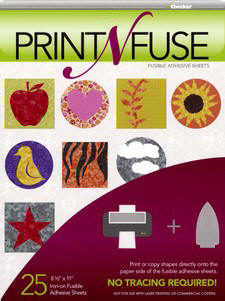
When you have your motifs ready with fusible web on the back of them, place the appliqué pressing sheet over the placement guide from the pattern. Peel the paper backing off of each appliqué piece and start arranging them right on the Teflon sheet, following the placement guide on the pattern below your pressing sheet. If you have a lightbox, you can use it for the placement of each piece.
After each piece is placed, tap them gently with the iron to fuse the pieces together. Don’t stress over the exact placement of your motifs! No one is going to look at the pattern and your quilt at the same time.
Arrange the whole composition over the placement guide. The pieces will stick to each other, but not to the sheet. When you are finished, just lift off the complete image as one piece and iron it onto your background. If you are not using a pattern, remember to reverse the motifs before adhering to the fusible web.
Using Fusible Interfacing
As an alternative, you can draw a motif on a piece of lightweight interfacing. Using a 1/8 seam, sew the interfacing right sides together with the piece of fabric you have chosen as a motif. It will be a pillow with no way to get to the center.
Slit the interfacing in the center, then turn the pillow inside out through the slit. Gently push out the seams on the inside using a Purple Thang.
This applique motif is now ready to be fused to a quilt top or background. It will have a little more body than the motifs fused using the method above and look more like a traditional applique motif. Kat Scriber shows us this same technique in a paper pieced fusible version here.
Tips for Fusible Applique
- Prewash and press your fabrics. Do not use fabric softener or spray starch.
- Use sharp scissors to cut your motifs. Remove any stray threads.
- If your motif is very large, you might want to remove the center before ironing the fusible to the back of the motif.
- If you are not using 100% cotton, test on a small scrap of fabric first. Some fabrics melt under high heat. Misty Fuse can be used under low temperatures.
- Don’t waste your test samples! Use them to make potholders.
- Never iron directly on the fusible web. It will melt onto your iron.
- There is a video here from Superior Threads and Bernina that has more finishing information.
More Shared Pictures
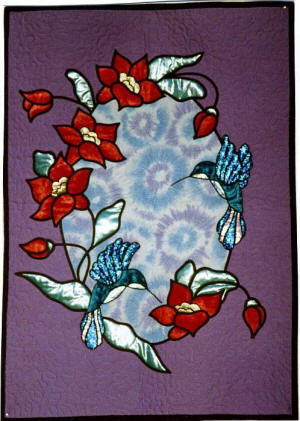 Hummers and Trumpets Quilt uses fusible bias tape to secure the edges | 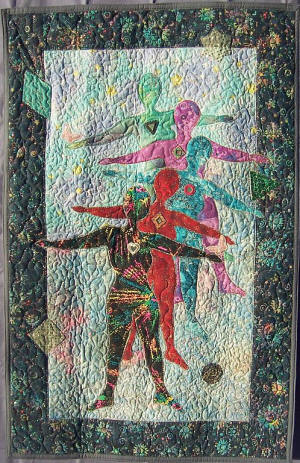 This quilt is a self-portrait by Cindy Simms. The elements were fused in place, and she zig-zagged around the edges. | 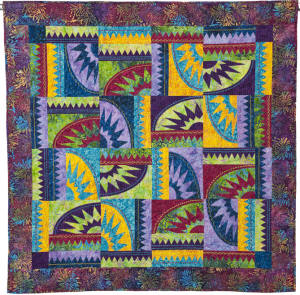 This is a picture of Chutes and Ladders, an entirely FUSED quilt from the book Give & Take Fabric Appliqué. NO paper piecing, NO curve piecing, and NO waste with this technique. |
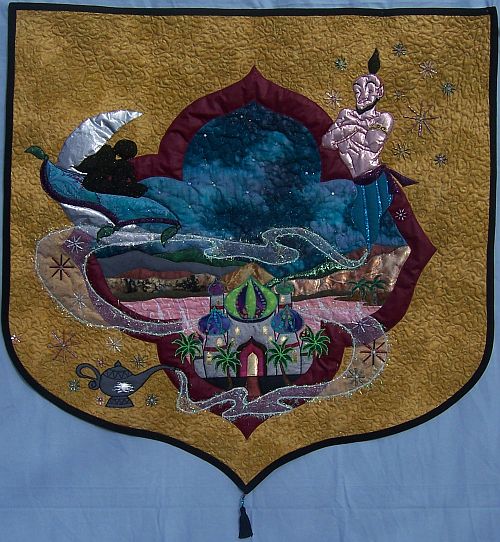 Cindy Simms made Cindy Simms made“Aladdin” to help raise awareness and money for the Kids of the military who are overseas. | 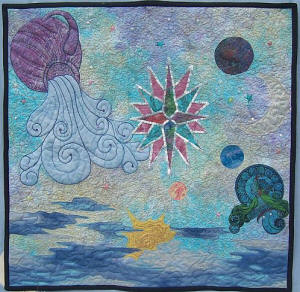 This is “Aquarius” made by Cindy Simms. It was a Song challenge done by Mason Dixon Quilt Professional Network | 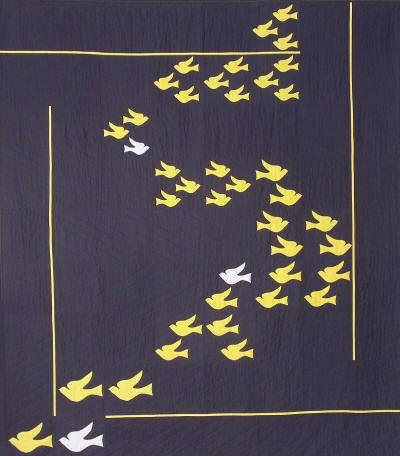 Debbie Grifka of Esch House Quilts shared several of her stunning applique quilts with us including his one called Traffic Pattern. Be sure to visit her website to see her innovative patterns for sale, many available by PDF. |
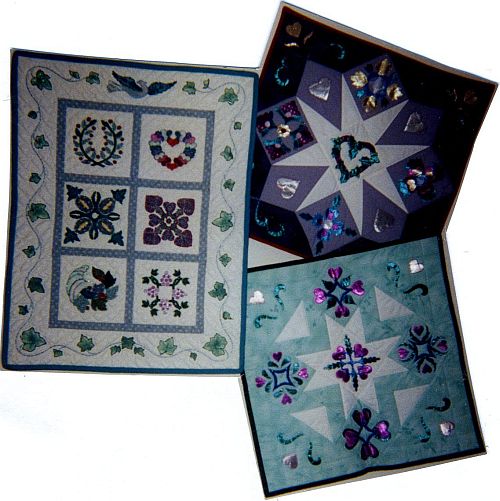 three Baltimore Album quilt. She finished the edges of one of them using white paint! |  “For Love of Springtime” was shared with us by Beth Helfter of EvaPaige designs. She used Heat N Bond Lite because she likes the firm hold. | 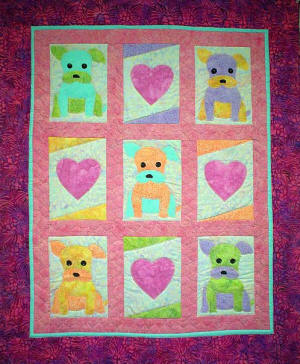 Barbara Chojnacki of Six Gable Designs designed this quilt for her dogs’ foster mother (who also breeds show boxers). The pattern, Puppy Love, is available for sale. All her appliqué patterns are printed without seam allowances for fusible methods. |
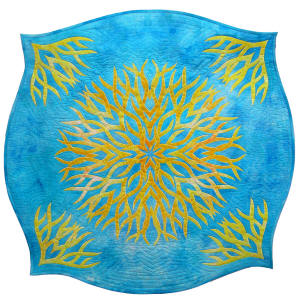 Sarah Ann Smith, author of Threadwork Unraveled shared this picture with us. It is called Haleakala Sunrise and the pattern is available at https://www.sarahannsmith.com/. Her designs are truly stunning. Plan on spending at least an hour looking around her site. | 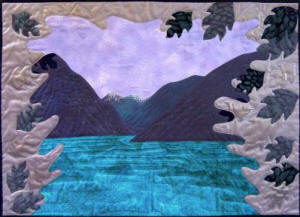 Ruth Blanchet used organza in her Scenic Lake quilt pattern. Ruth enjoys using thread to define elements in her quilt. Visit her blog tutorial here. | 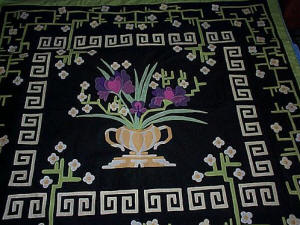 Leese of International Fabric Creations sent us a Leese of International Fabric Creations sent us apicture of a quilt top she is working on now. She is hand-stitching with buttonhole stitch on sheeting fabric. |

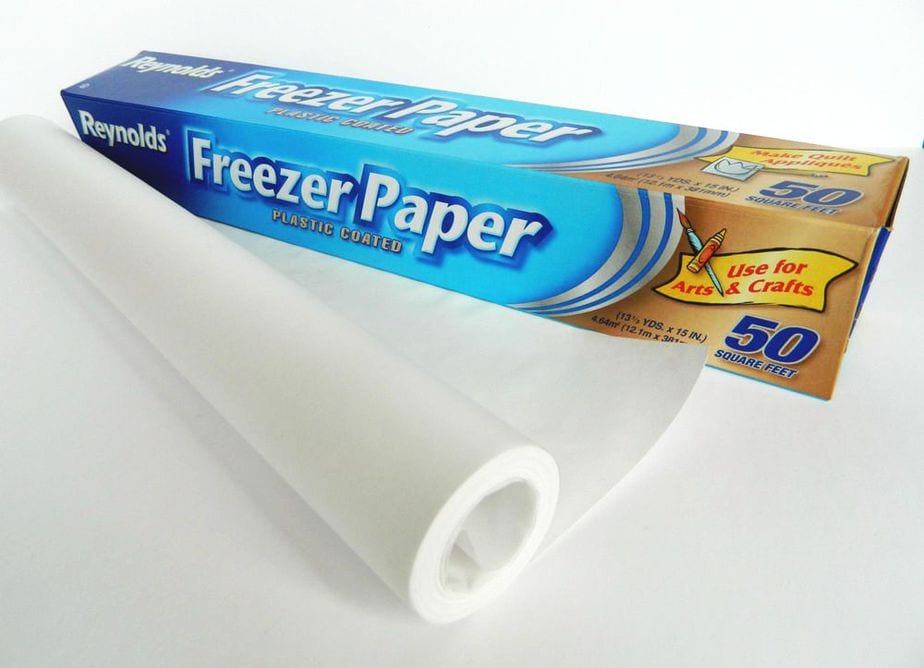
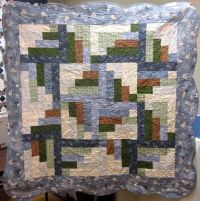
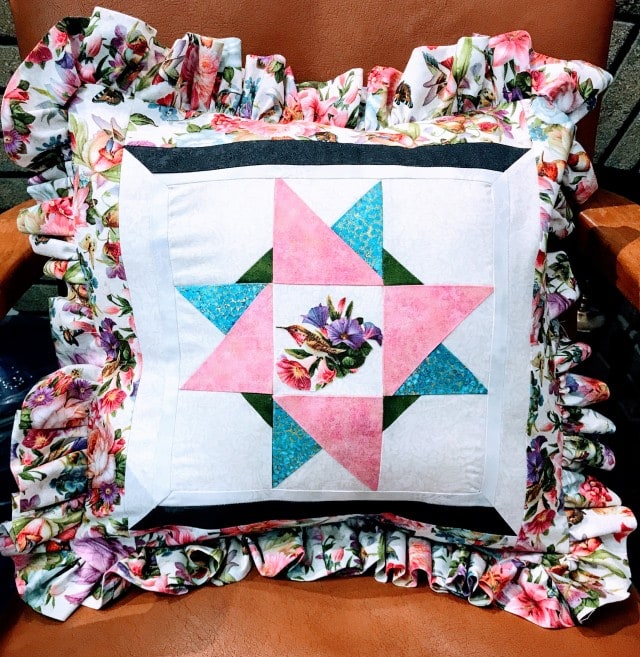

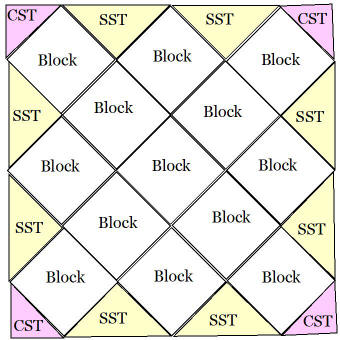

Hello. Wondering if it would be possible to share this “How To Applique” page with my quilt group on Facebook? If so, how would you like for me to share it? That way people can come visit your site. 🙂 Thank you
Kim
If your group allows links, just give them the https://phoebemoon.com/fusible-quilt-applique-technique/ link. If not, you will have to tell them to go to PhoebeMoon.com and search. But that’s okay, too, maybe they will find other wonderful things. Thanks for the inquiry!